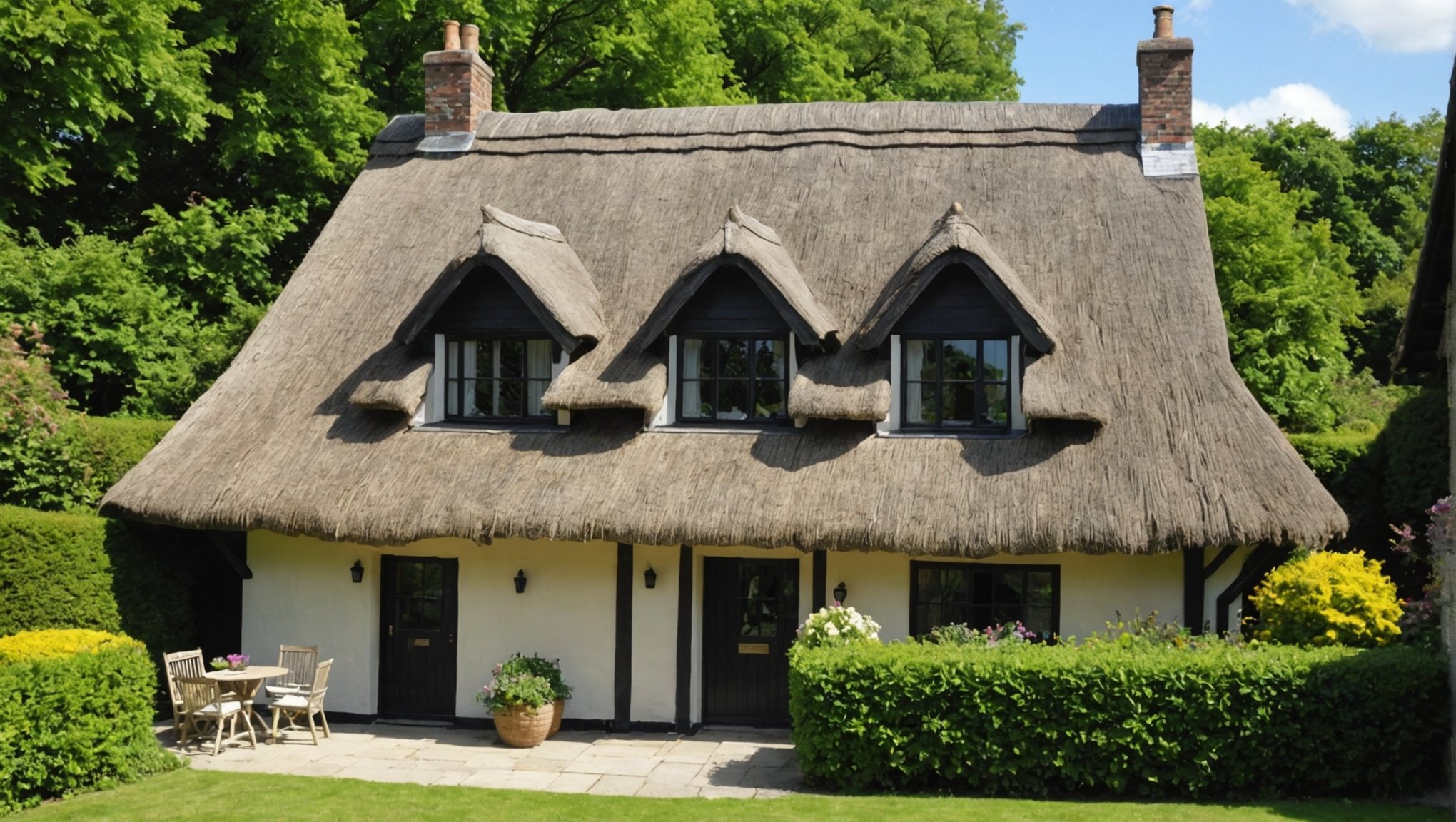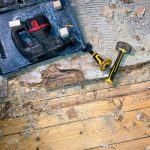Devon, with its picturesque landscapes and idyllic country homes, showcases a distinctive architectural feature: thatched roofs. Traditional and charming, these eye-catching roofs lend an inviting allure to the properties, though they come with their unique set of demands. The primary concern among owners of thatched properties is the distinct insurance requirements. Thatch insurance is essential for safeguarding these unique homes against potential damage or fire.
Understanding the Notion of Thatched Roofs
Thatched roofs, formed with dry vegetation like straw, water reed, sedge, rushes, or heather, have been a time-honoured roofing solution throughout the rural areas of the UK, including Devon. Thatching, the craft of constructing these roofs, involves compiling layers of specific materials to provide a weatherproof and durable roof. This artistry is not just about aesthetics; it also offers practical benefits like excellent insulation.
A lire en complément : What is the process for buying a foreclosed property in the UK?
However, thatched properties are perceived as a higher risk than standard roofs due to their vulnerability to fire and maintenance requirements. It’s important to understand that insurance providers typically favour risk reduction, hence the need for a specific insurance cover for thatched roofs.
Thatched Roof Insurance: Why is it Essential?
Thatched roofs, despite their beauty and charm, come with their unique set of challenges, the most significant being the risk of fire. Although fires are less common in thatched buildings than often believed, when they do occur, the damage can be extensive and costly to repair due to the materials used in construction.
En parallèle : Can you legally convert a commercial property into a residential space in Swansea?
Insurance for thatched roofs is thus vital as it provides cover for potential fire damage, among other risks. Furthermore, the maintenance of these roofs can be expensive. Regular thatching, replacement of reeds, and dealing with potential pest damage can quickly add up, making insurance cover indispensable for financial protection.
Factoring in Fire Safety in Thatched Roofing
While thatched roofs are not inherently fire hazards, certain factors can increase the risk of fire. Thatched roofing is more prone to catch fire than standard roofs, and the potential for significant damage increases due to the construction materials’ flammable nature.
To obtain comprehensive thatch insurance, you will need to ensure that your property adheres to fire safety regulations. This includes installation of fire barriers, regular chimney inspections, and fitting spark arresters on flues. These measures can significantly reduce the fire risk, making your property more attractive to insurers and potentially lowering your premium.
The Specifics of Thatched Roof Insurance
Insuring your thatched roof property is not as straightforward as insuring a property with a standard roof. The insurance policy must cover the additional risks associated with thatching. An insurer with expertise in thatched properties can provide you with a tailored policy accounting for the additional risks and costs involved in maintaining a thatched building.
A comprehensive thatch insurance policy should cover fire damage, the full cost of specialist repairs or replacement materials, and accommodation costs should your home become uninhabitable due to damage. It’s also wise to consider accidental damage cover, which is often an optional extra but can be beneficial considering the delicate nature of thatch.
Maintenance: A Key Consideration in Thatched Roof Insurance
Maintenance is a crucial factor in the lifespan of a thatched roof and can significantly influence your insurance premium. Regular maintenance of your thatched roof can prevent minor issues from escalating into significant damage, reducing the likelihood of insurance claims.
Insurance providers will look at the age and condition of your roof, frequency of maintenance, and the professional involved in the maintenance. Proper upkeep by a professional thatcher can extend the lifespan of your roof, minimise potential risks, and subsequently impact your policy’s cost and terms positively.
Insurance for thatched properties requires a nuanced understanding of the risks involved and the costs of maintaining these unique buildings. A carefully chosen thatch insurance policy can provide you with peace of mind, knowing your beautiful Devon home is adequately protected. As custodians of these historical buildings, it is our responsibility to ensure their preservation for future generations.
Fire Safety Measures for Thatched Roofs
A thatched roof is not inherently a fire hazard. However, certain elements can amplify the risk, making fire safety measures a crucial aspect of owning a thatched property. The construction materials of the roof, mostly water reed, long straw or combed wheat, although durable, are flammable and can sustain significant damage in case of a fire.
To offset these risks and assure insurers of the safety of your property, it is critical to implement stringent fire safety measures. For starters, installation of fire barriers within the thatch roofing can prevent fire from spreading. Regular chimney inspections should be conducted to ensure they are free from blockages and creosote build-up, a major fire hazard.
Additionally, it is recommended to install spark arresters on flues to prevent sparks from escaping and igniting the thatch. Wire netting could be another viable option to secure the roof against bird and rodent damage, which often leads to exposed areas of the roof, increasing the risk of fire.
These measures not only make your home safer but also increase its appeal to insurers. By demonstrating a commitment to fire safety, you might be able to negotiate a lower premium on your thatch insurance policy.
Conclusion: Securing your Thatched Property for the Future
Devon’s thatched roofs are not only beautiful architectural features but also a slice of history that adds to the region’s charm. However, they come with unique risks and maintenance requirements, necessitating specific insurance cover.
A comprehensive thatch insurance policy should ideally cover fire damage, the cost of specialist repairs, replacement materials, and even accommodation costs should your home become uninhabitable due to damage. It’s also worth considering additional optional cover for accidental damage, given the delicate nature of the thatch.
Regular maintenance, performed by a professional thatcher, is key to extend the lifespan of your roof and minimise potential risks. This not just assures the preservation of your thatched property but also improves your standing with insurance providers.
While property insurance for standard construction is relatively straightforward, insuring a thatched roof requires a more nuanced approach. It is critical for property owners to work with an insurer with expertise in thatched properties to ensure adequate coverage.
Whether you own a listed building or a quaint country home, the right insurance policy will provide peace of mind, financial protection and preserve the legacy of these charming thatched properties. After all, as owners and custodians of these unique homes, it is our responsibility to ensure their preservation for future generations.
















